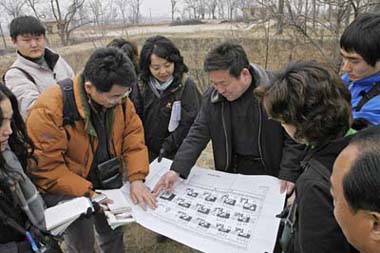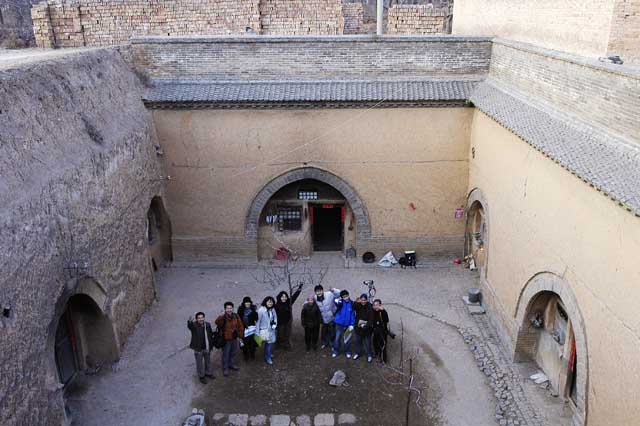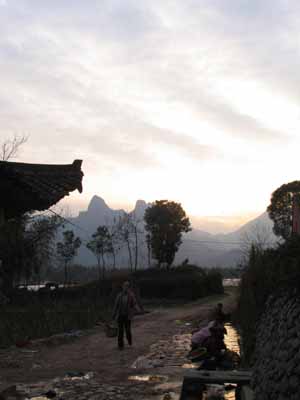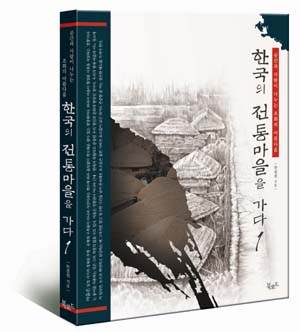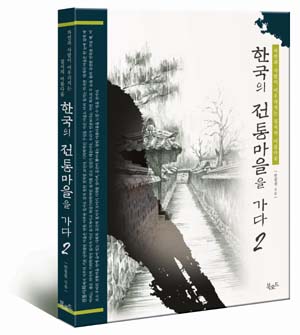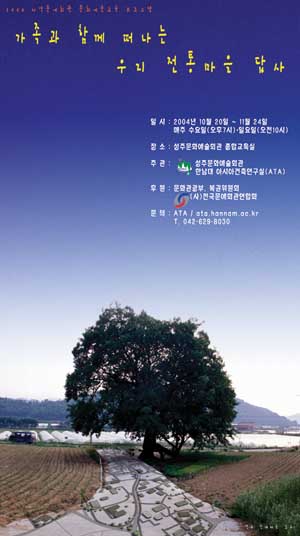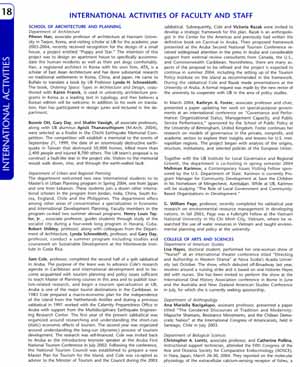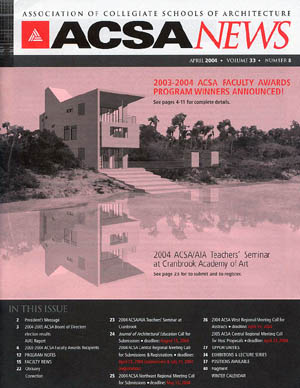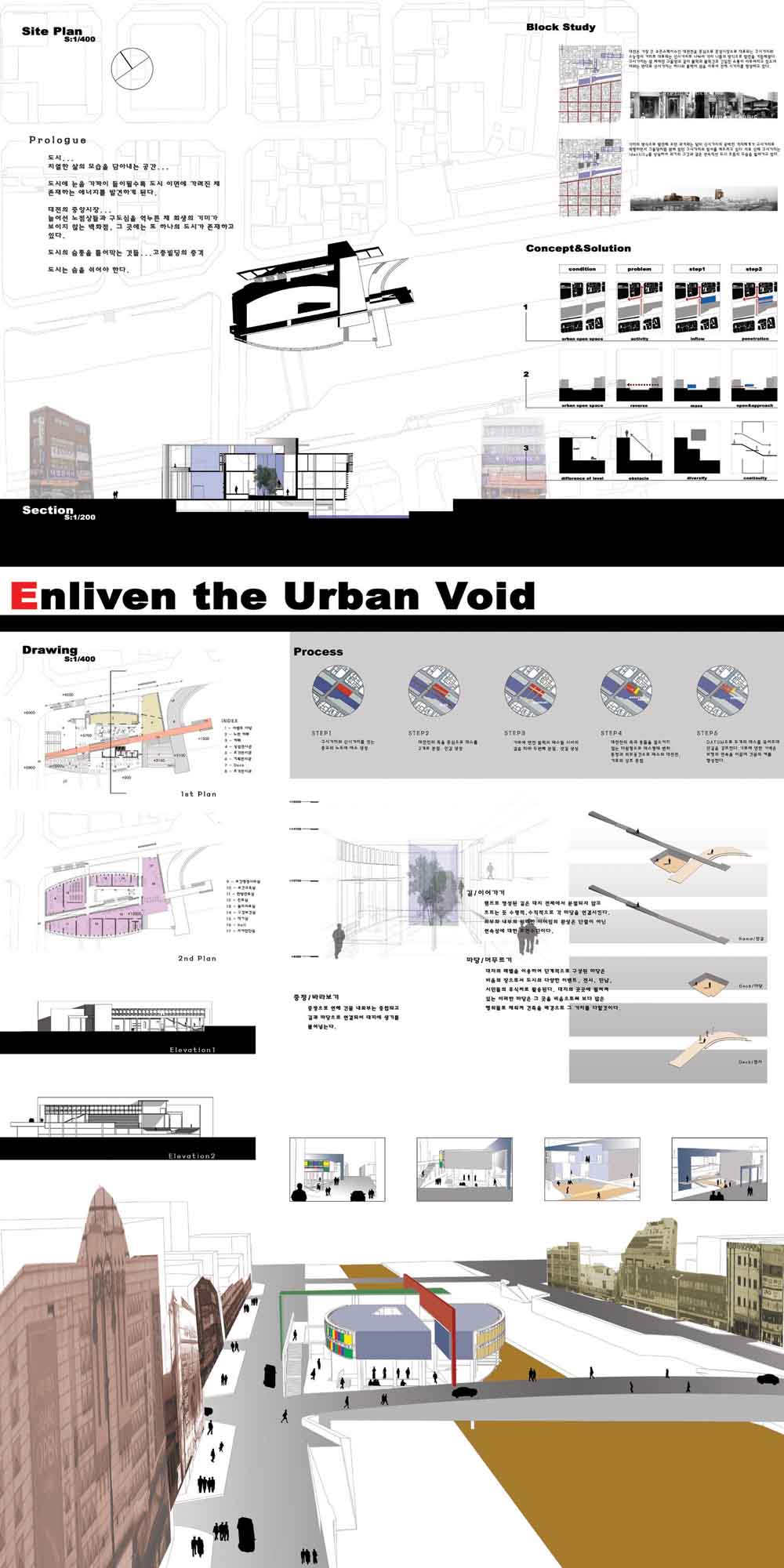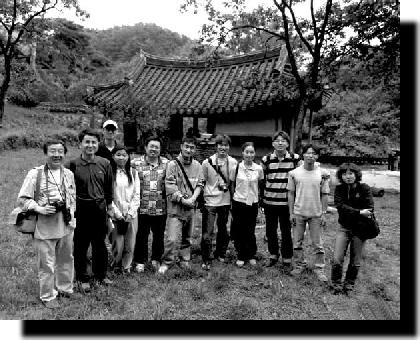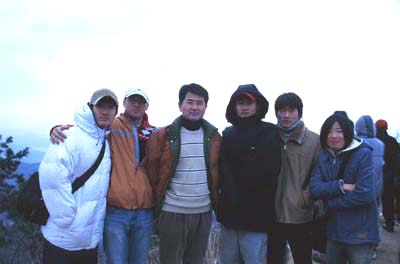|
ATA holds a four-day international academic program on the Korean style house,
'Hanok'. The program entitled "A Western Perspective to Hanok"
will be held from August 9 (Sun) to August 12 (Wed), 2009. The program consists of lectures, tours, and a seminar where participants learn, experience, and discuss diverse issues on Hanok. The whole course of this program is led by three professors from United States and Korea; Lynda Schneekloth, Robert Shibley (State University of New York in Buffalo, USA), and Ha to global architectural discourses through open discussions on Hanok's universality at the sites of the traditional Korean architecture.
The program committee cordially invites you to the program. The lectures
and seminar are free and open to everyone, but the tours need registration. This
program uses both English and Korean and is partly translated.
For registration, please contact Professor Han Pilwon
(Cell Phone: +
82-10-5212-2481, e-mail: grehan@hanmail.net).
ATA press release
Program
1. First Day
/ Aug. 9, 2009 (Sun): Tour and Lectures / Sleep in Jeonju City
Departure from the Symbol
Tower at Hannam University
campus / 8:30 a0m
1) Tour / 10 ~ 12 am
Places: Donam Confucian
Academy, and Myeongjae
Residence in Nonsan, Chungcheong-nam-do
2) Lectures at Myeongjae Residence / 2:00 ~ 7:00 pm
Opening Music by Yang Hyosuk (Gayageum player)
- Lecture #1:
The Lessons and Importance of Traditional Types in Architecture and Place by Professor
Lynda Schneekloth
- Lecture #2: The Preservation and New Uses of the Traditional
Architecture and Place by Professor Robert Shibley
- Lecture #3: A Typological Understanding of Hanok by Professor
Han Pilwon
2. Second Day / Aug. 10 (Mon): Tour
and Discussion / Sleep in Gyeongju City
Places: Hanok Village
in Jeonju, Yangdong Village, Dongrak-dang, Oksan Confucian
Academy
3. Third Day / Aug. 11 (Tue): Tour
and Discussion / Sleep in Daejeon
City
Places: Bulguksa Temple,
Hahoe Village,
Byeongsan Confucian Academy
4. Fourth Day / Aug. 12 (Wed): Seminar
Seminar Room at Engineering Bldg., Hannam University
/ 10:00 am ~ 1:00 pm
Topic: The Western
Perspective to Hanok and Its Universality
Panel:
Lynda Schneekloth, Robert Shibley, and Han Pilwon
About Speakers / Panel
Professor Lynda
H. Schneekloth is a professor of department of
architecture at the State University of New York in Buffalo, USA.
Professor Schneekloth is the author of numerous articles and books including Ordering Space
- Types in Architecture and
Design. Her scholarly research is focused on the idea of placemaking, that
is, how people transform the world, including natural processes and built form.
Recently funded projects include a public conversation on the historic Buffalo
Grain Elevators and the development of an interpretation center at Love Canal,
watershed organizations on the Buffalo and Niagara Rivers,
and participation in the development of a bi-national heritage corridor along
the Niagara River.
Robert G.
Shibley is a professor of department of urban and
regional planning at the State University of New York in Buffalo, USA.
Professor Shibley's urban design practices include downtown
redevelopment, waterfront planning, and cultural tourism planning. Professor
Shibley founded The Urban Design Project (UDP), a center for the study and
practice of urban design
at SUNY in Buffalo. He was awarded the James Haecker Award for Distinguished
Leadership in the Advancement of Architectural Research from the Architectural
Research Centers Consortium, a national organization of university-based
architecture and planning research centers. In 2005 the American Planning
Association recognized work led by Professor Shibley when they gave
the Queen City Hub: Regional Action Plan for Downtown Buffalo top national
honors for outstanding planning.
Han Pilwon is a professor of department of architecture at Hannam University
in Korea.
Professor Han is a scholar of East Asian Architecture and Urbanism, and has
done substantial research on traditional settlements and historic cities in
Korea, China
and Japan.
He is the author of several books including a two-volume book Going to
Traditional Korean Villages (Book
Road, 2004). He is currently working on a book
dealing with representative historic cities in Korea.
|
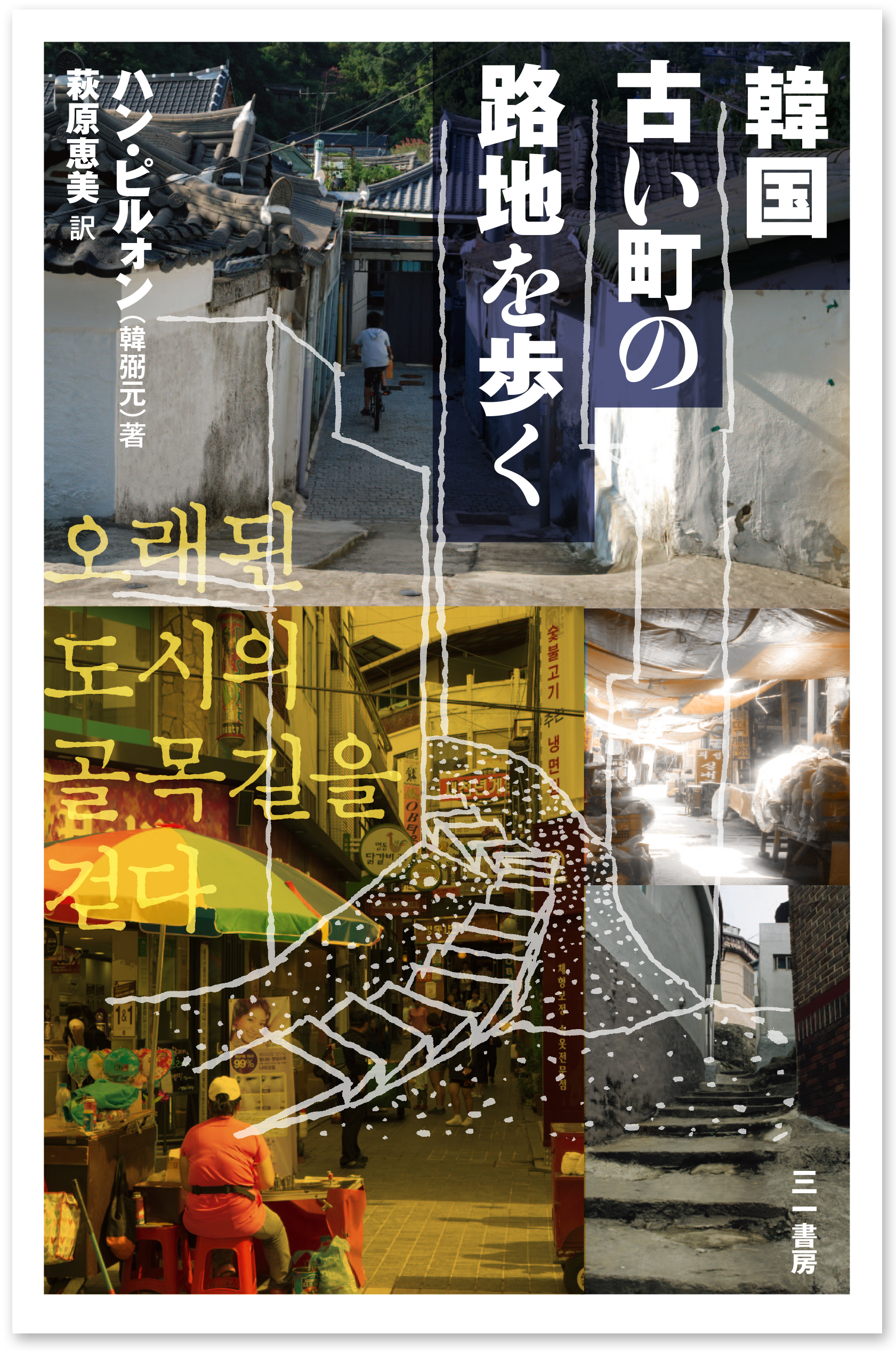

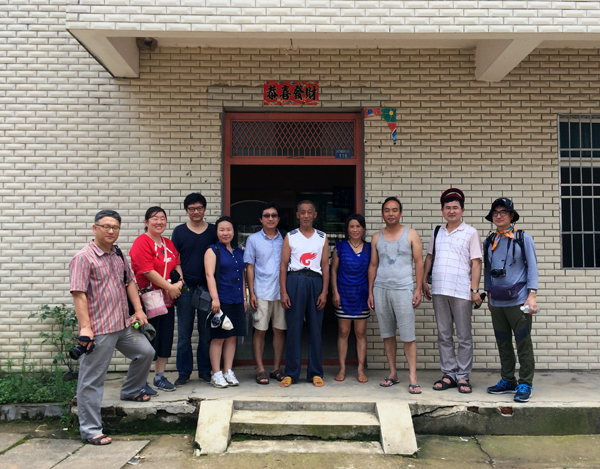
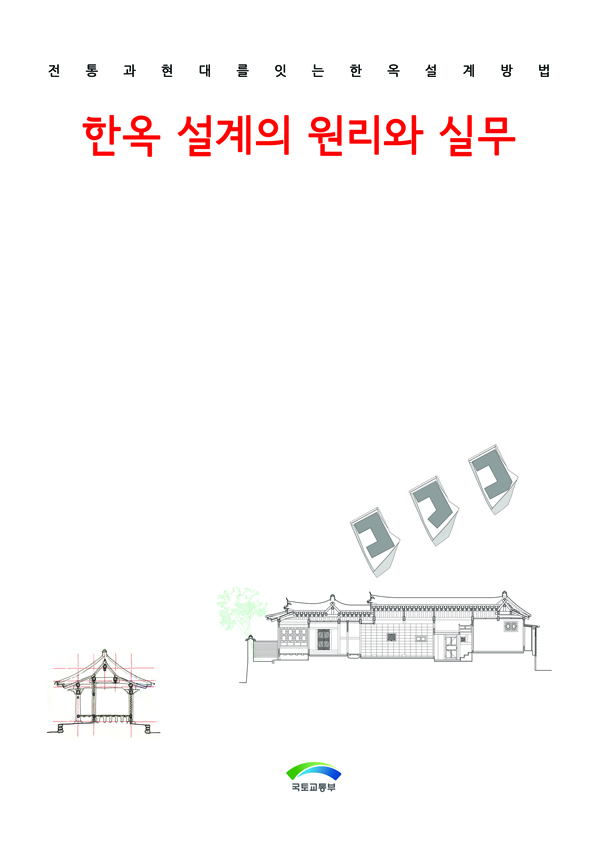
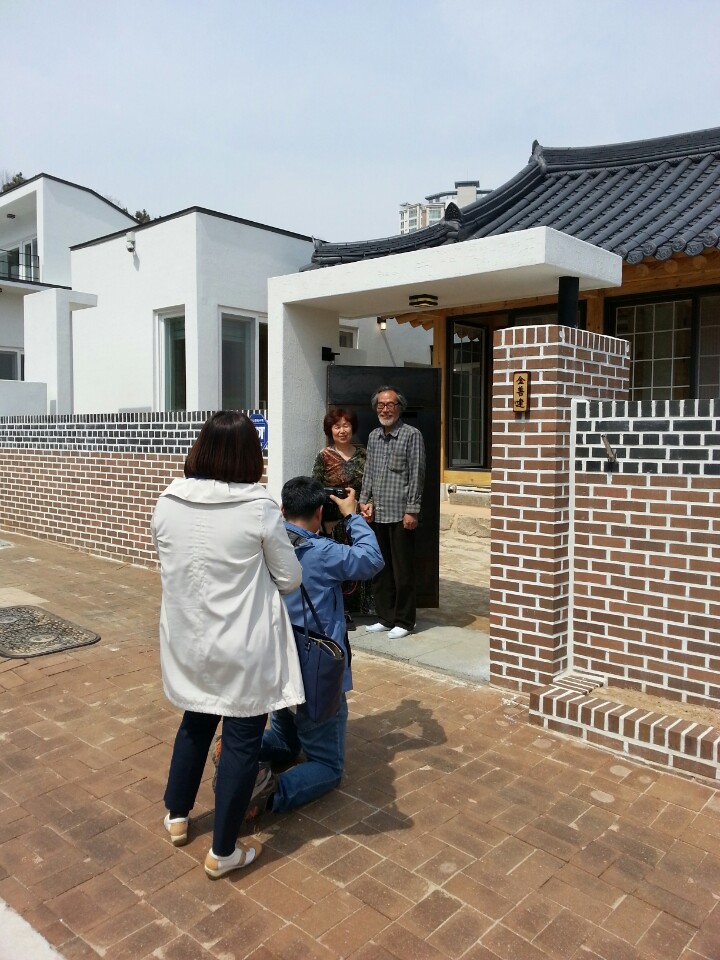



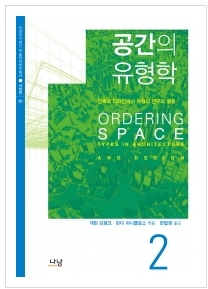

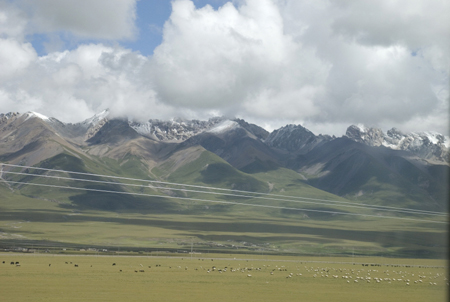
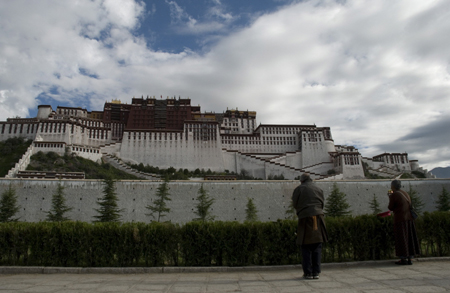

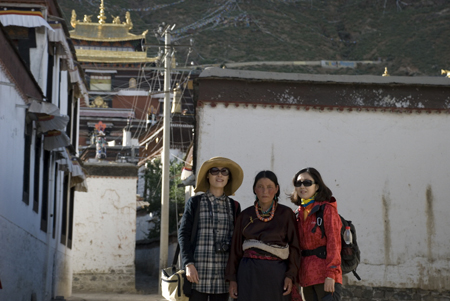








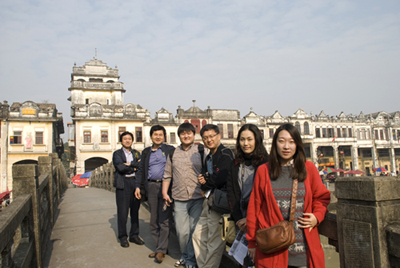


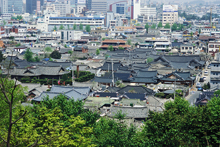

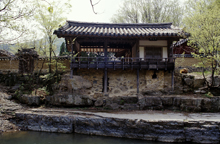
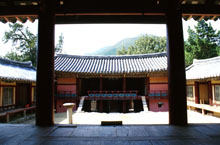
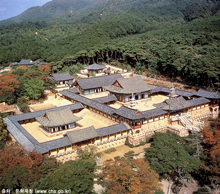


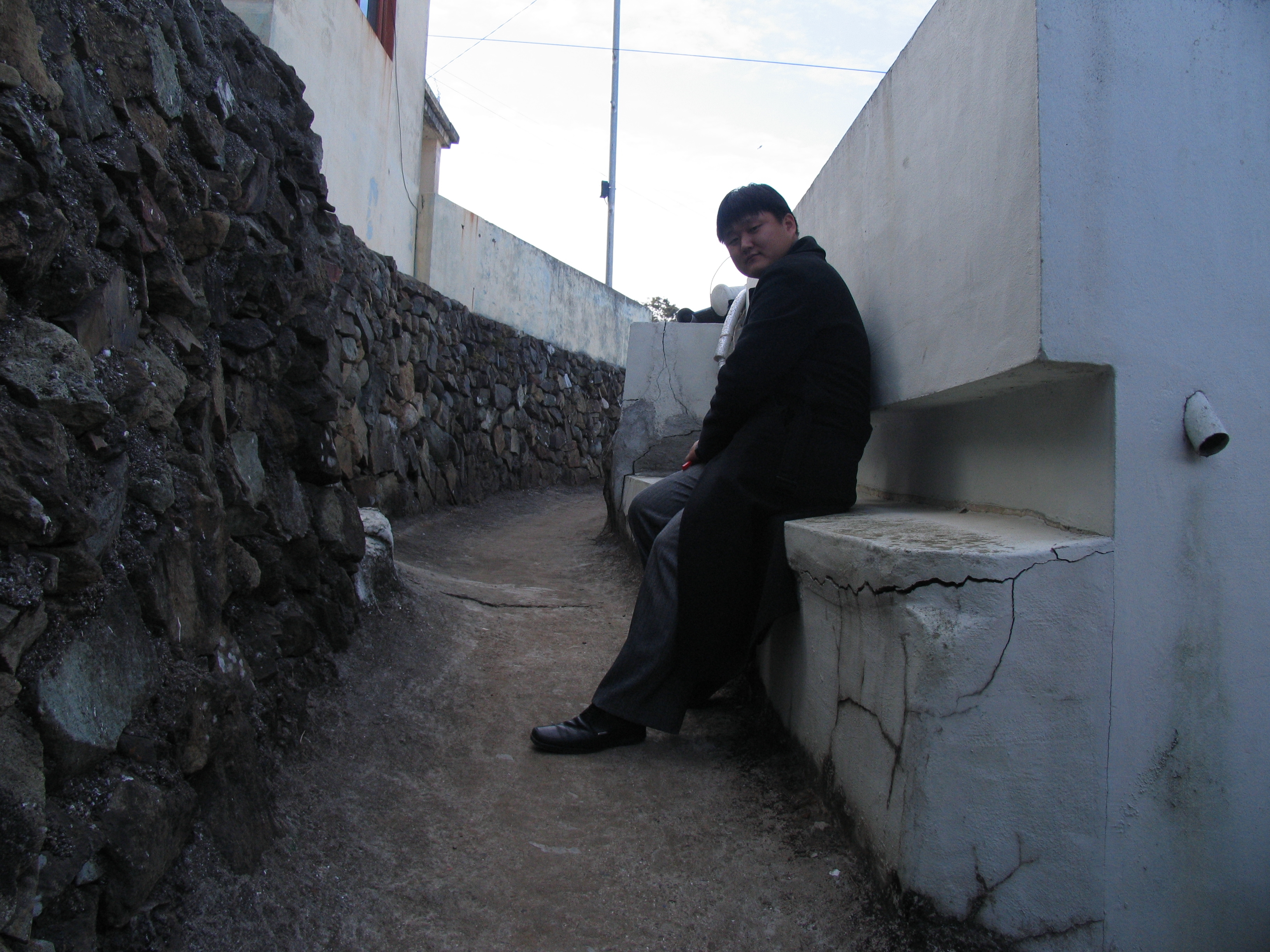
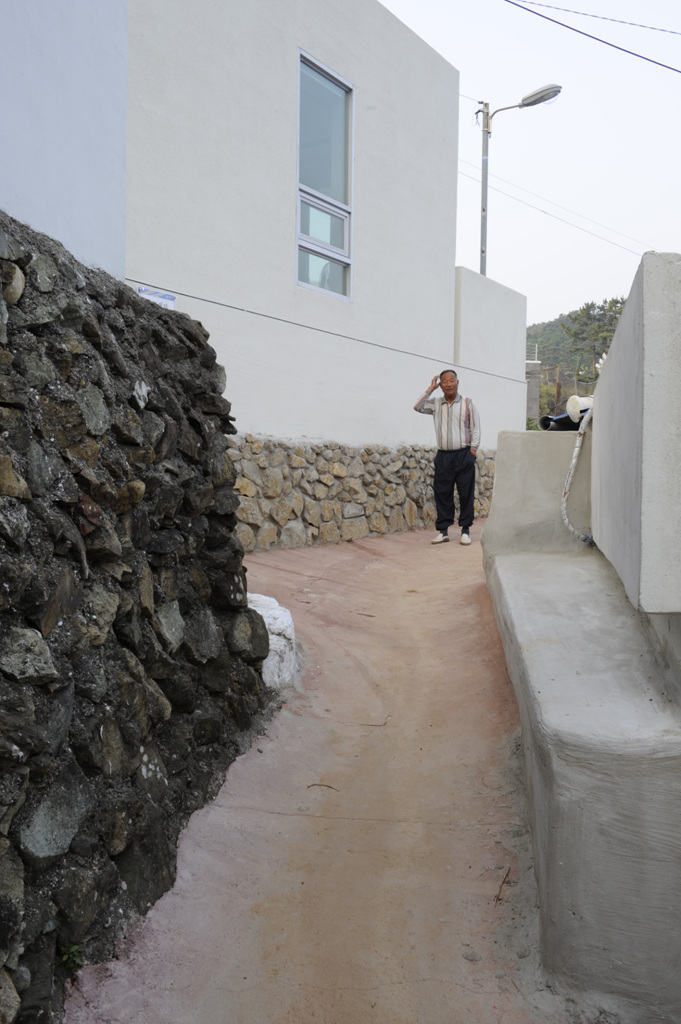


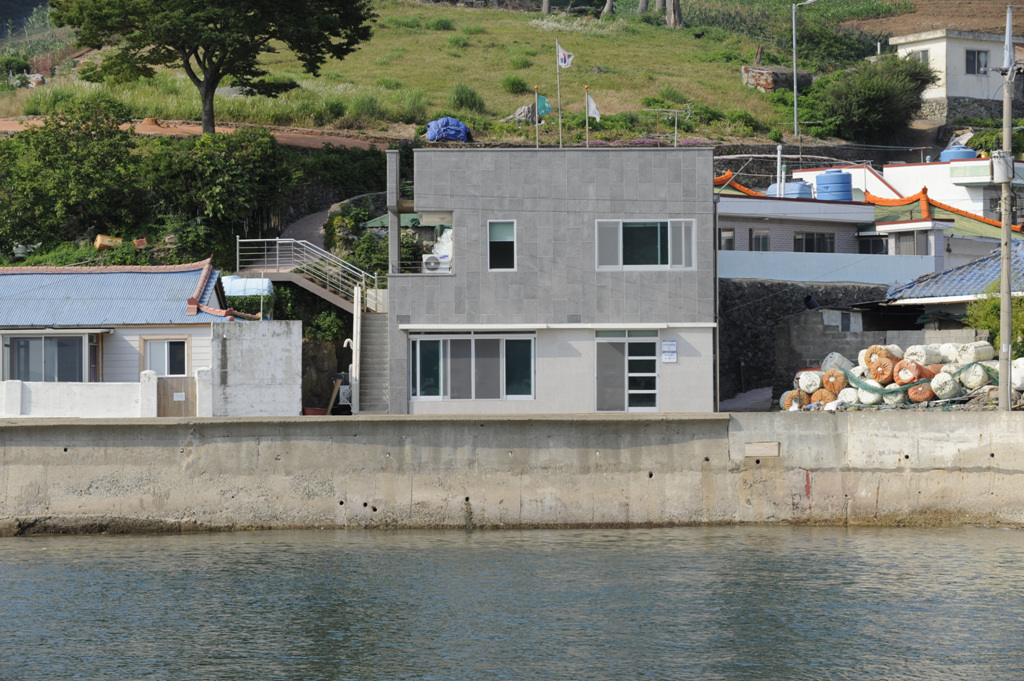
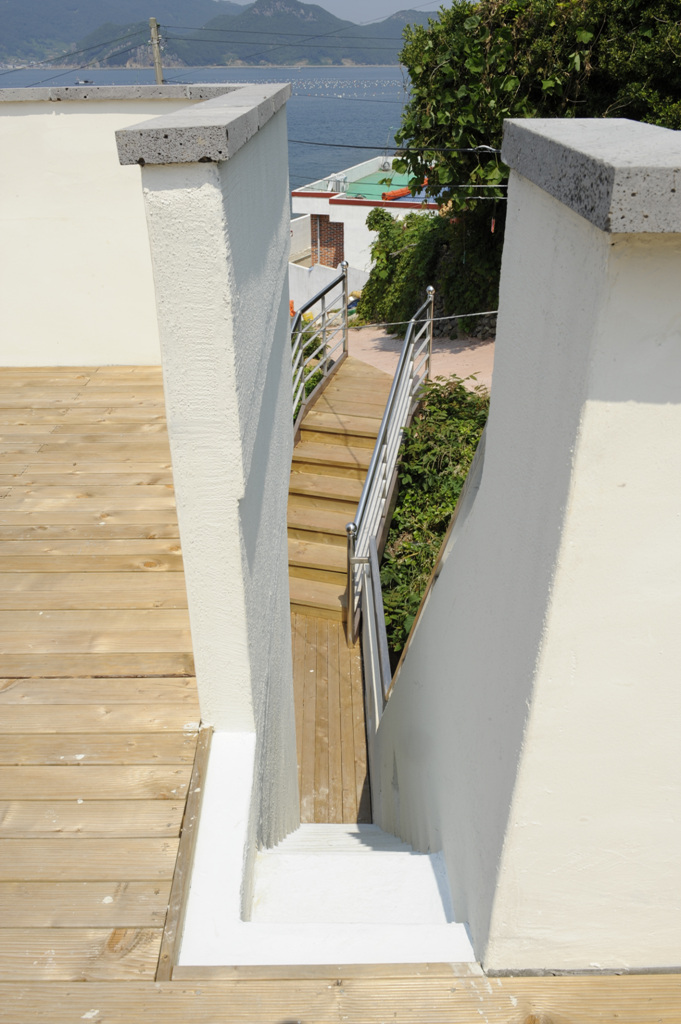
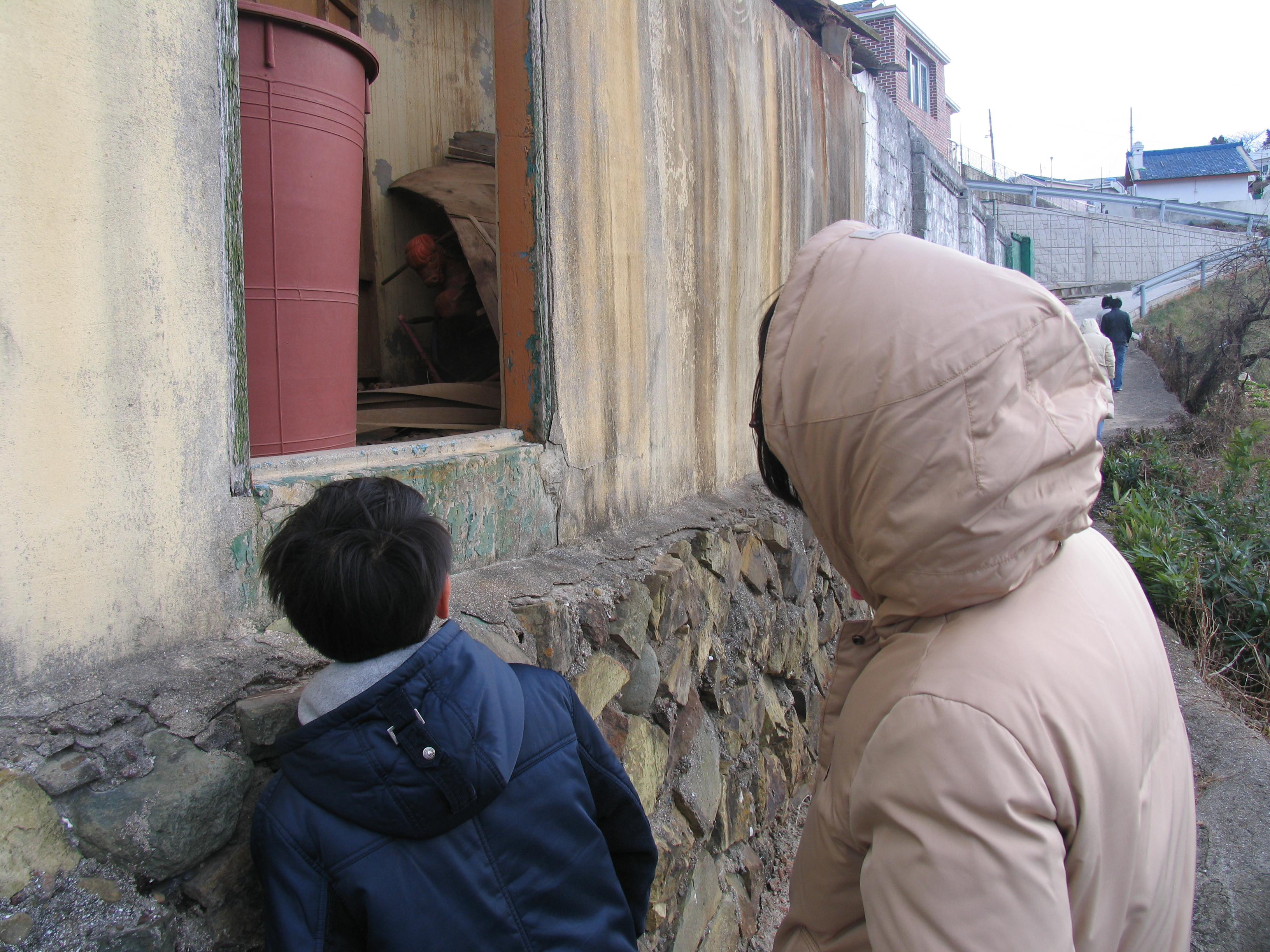


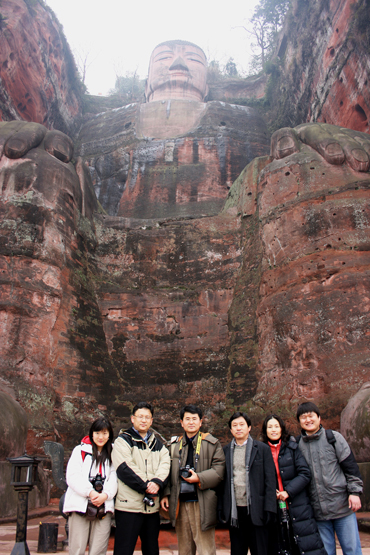
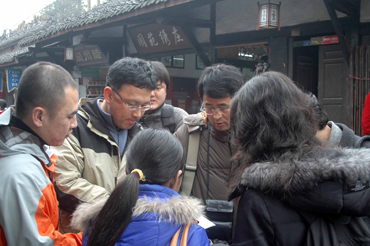
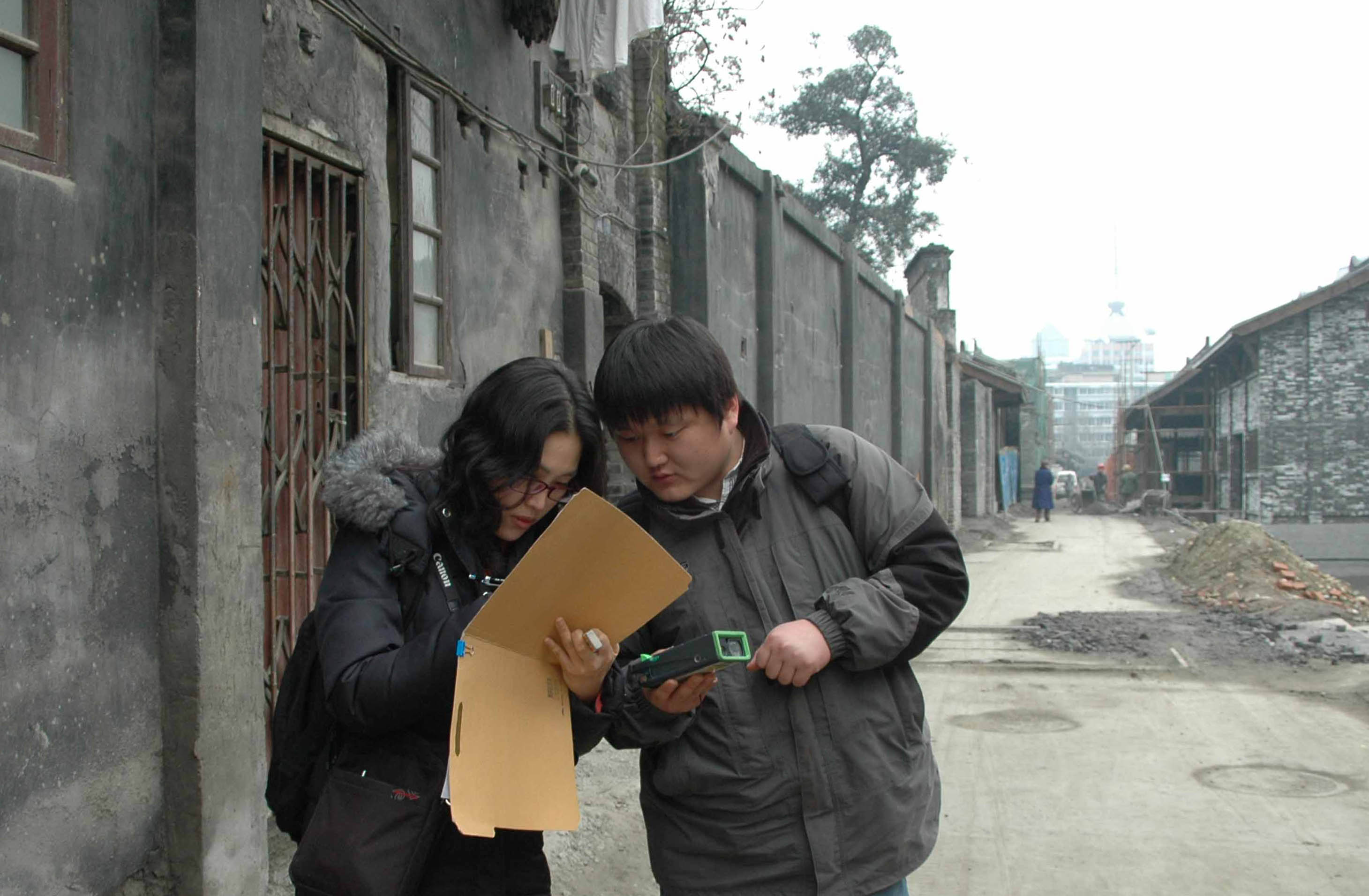

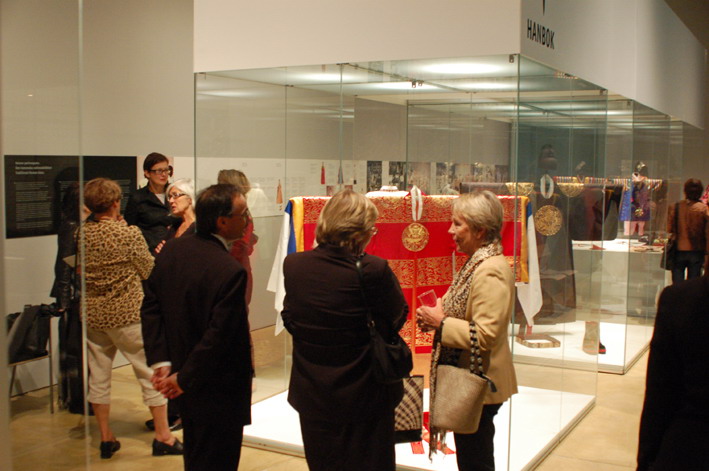

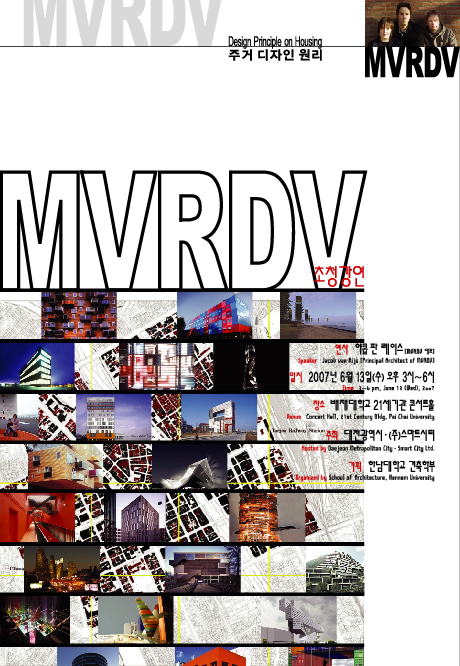
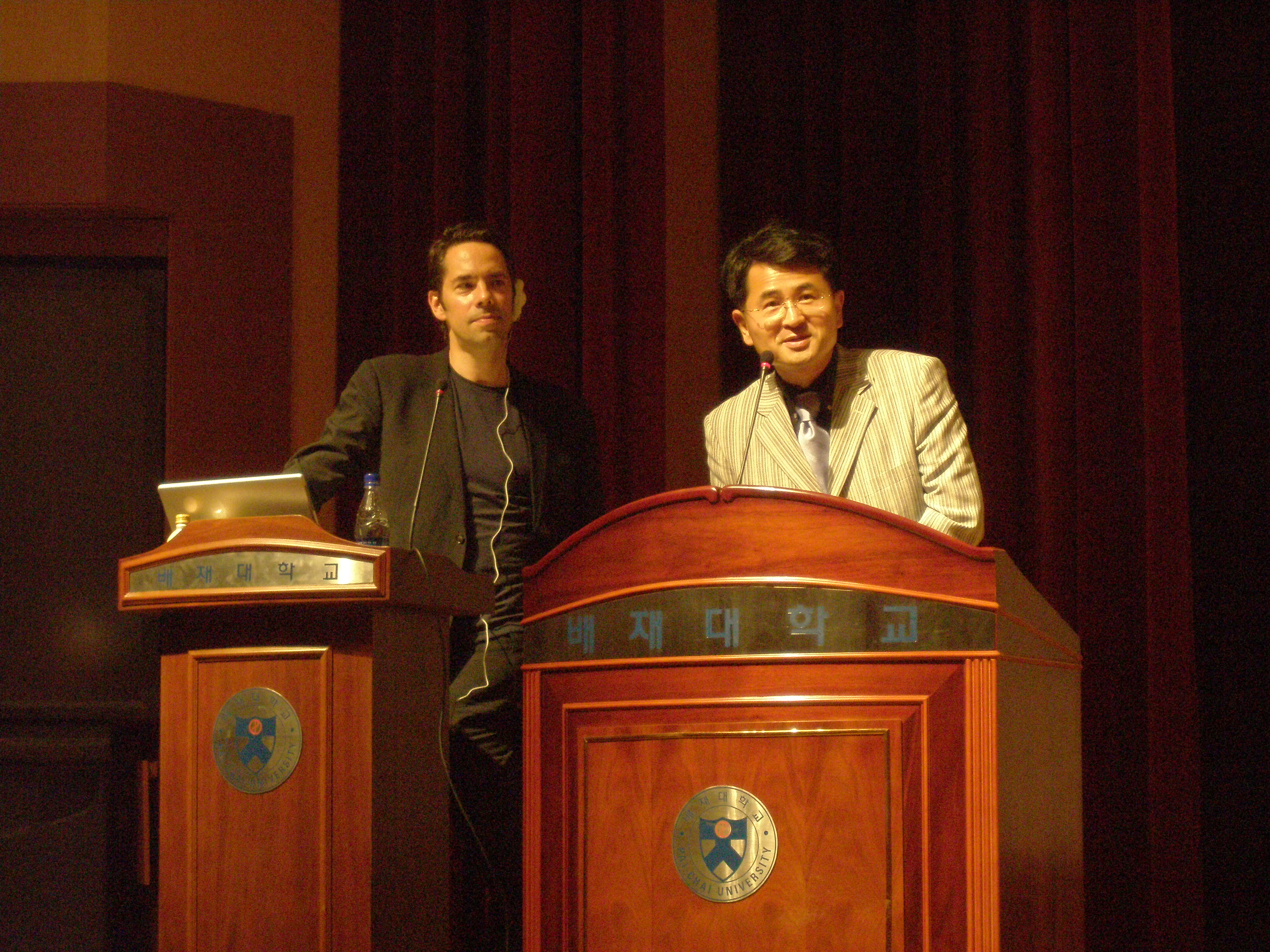
.jpg) ATA
survey team at the gate (Paifang) of
ATA
survey team at the gate (Paifang) of
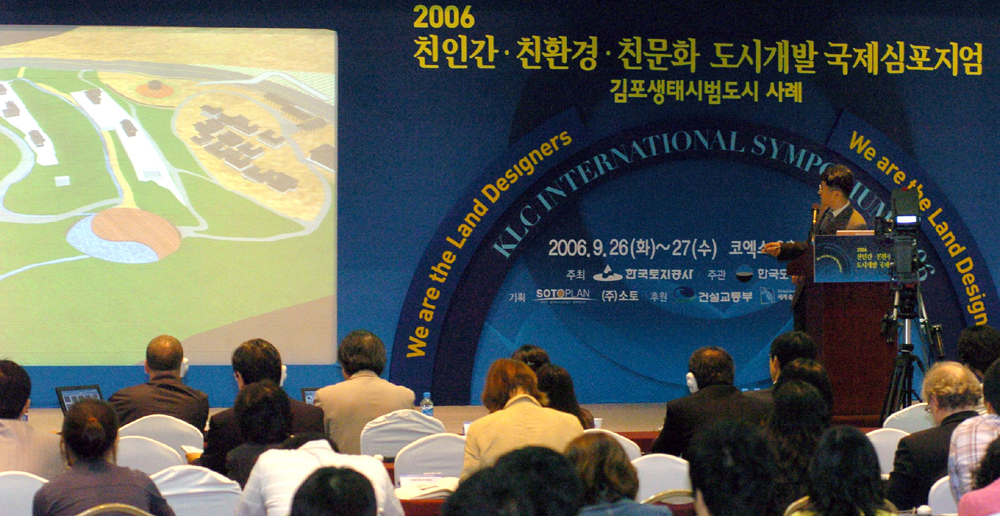
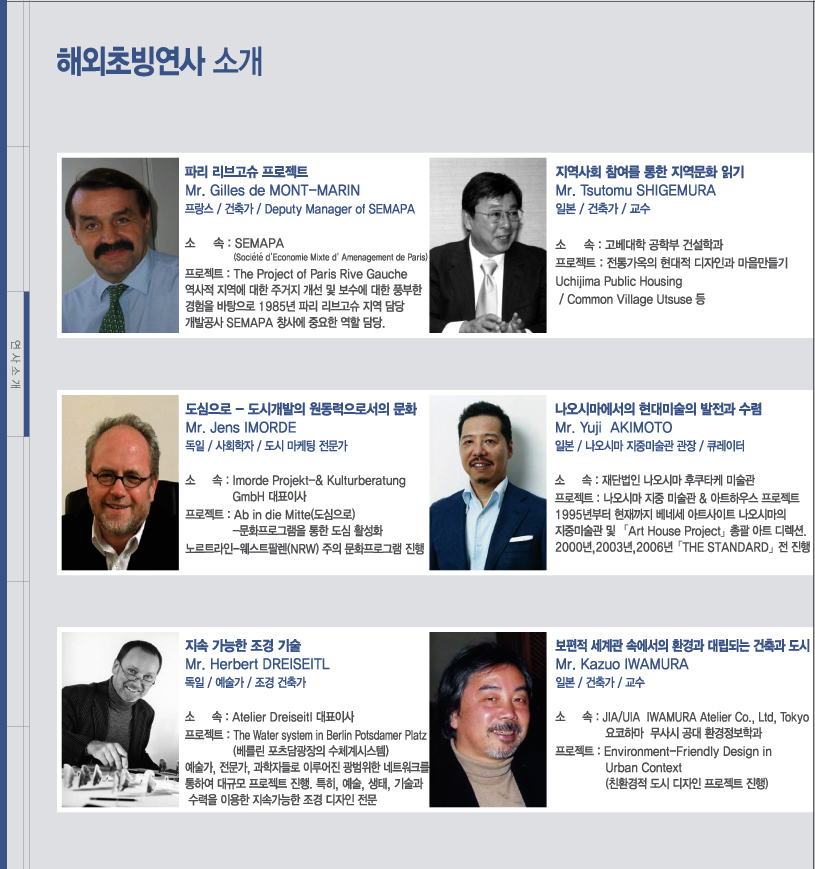


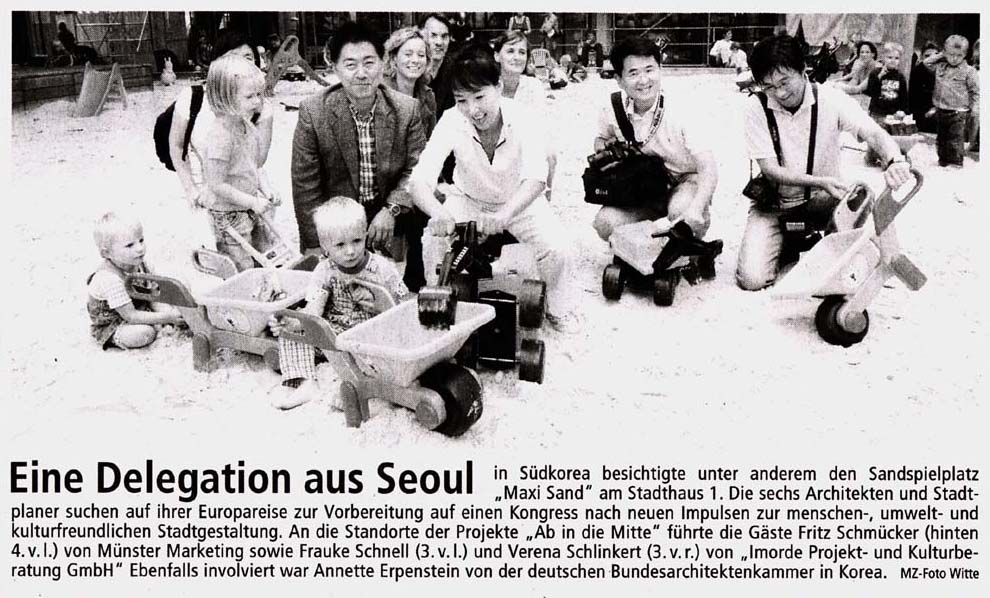

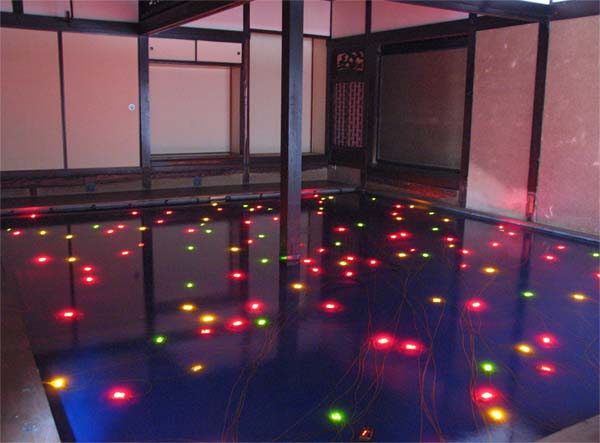
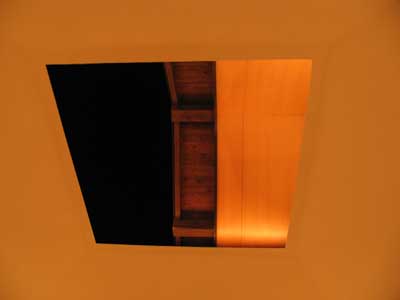
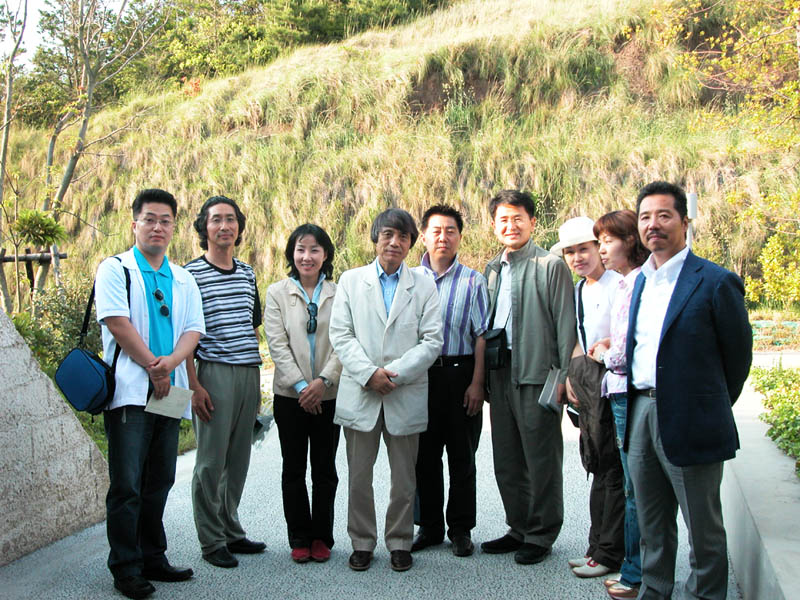
 Huanghe,
Yellow River, as a background
(photo by Chulhyun Kim)
Huanghe,
Yellow River, as a background
(photo by Chulhyun Kim)
